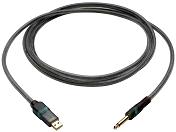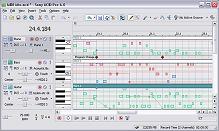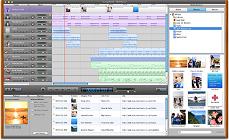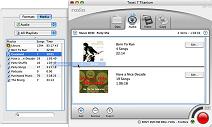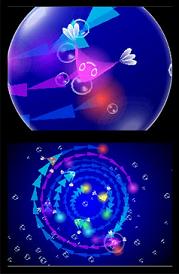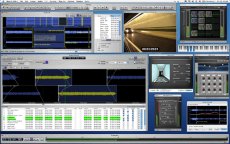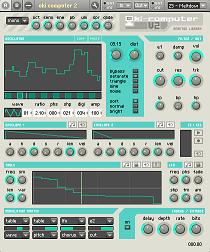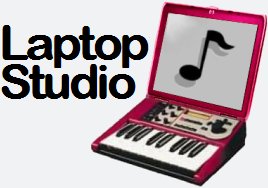Samson C03U USB Studio Microphone
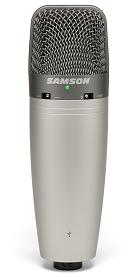
Samson Audio has announced the C03U multi-pattern USB studio condenser microphone, following on from their C01U USB microphone last year. That was one of the first USB studio microphones, and the new C03U adds a few more bells and whistles. (But only if you’re actually recording bells and whistles, of course.) It’s essentially their standard C03 studio condenser mic with an A/D converter and USB output attached.
Samson say: “The C03U features dual 19mm internal shock mounted diaphragms with switchable omni, cardioid, and figure-8 pick-up patterns. Perfect for recording vocals or any acoustic instrument plus the selectable patterns make it ideal for a variety of specialized recording situations, like multiple vocalists, ambient room miking, and even a group of people around a conference table recording a Podcast.”
So it has two diaphragms compared to the C01U’s one, and has three pickup patterns while the C01U was a cardioid microphone. It would indeed be good for recording room ambience or similar, and it’s nice that Samson Audio also mention the podcast buzzword.
A couple more technical details. The A/D converter in the C03U samples 16 bits at 48kHz. It also has a switchable high-pass filter and 20 dB pad.



